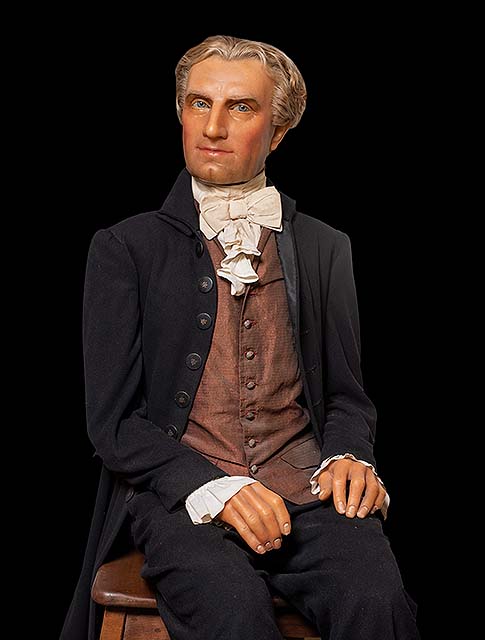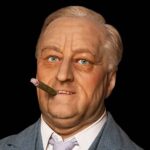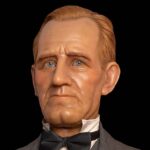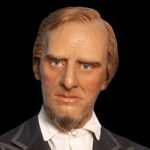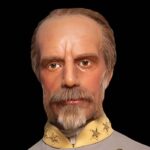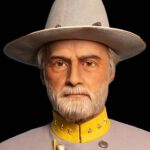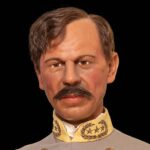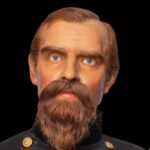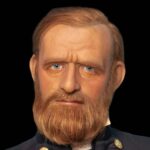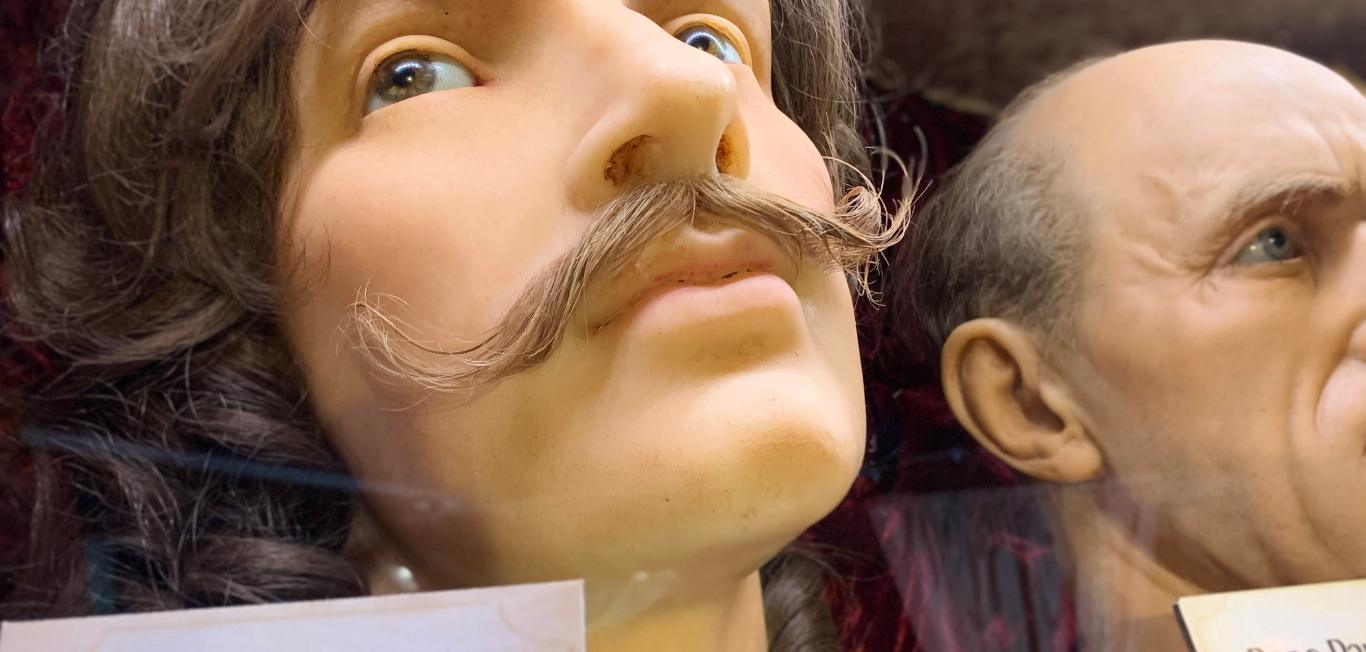Who Was James Monroe?
As a member of the Democratic-Republican Party and the fifth president of the United States from 1817 to 1825, James Monroe was an American leader, lawyer, diplomat, and Founding Father of the United States. As the final president of the Virginia dynasty, the Republican Generation, and a Founding Father, he also marked the end of the First Party System in American politics. His administration also occurred during what is referred to as the “Era of Good Feelings.” The Monroe Doctrine, a strategy to restrain European colonization in the Americas, is possibly his most well-known achievement. James Monroe held positions in office as a Virginia governor, U.S. Senator, ambassador to France and Great Britain, seventh Secretary of State, and ninth Secretary of War. During the American Revolutionary War, Monroe was active in the Continental Army.
Young James Monroe/Personal Life
Elizabeth Jones and Spence Monroe built a home in a forested region of Westmoreland County, Virginia, where James Monroe was born on April 28, 1758. A listing on the National Register of Historic Places was made for the James Monroe Family Home Site in 1979. Spence Monroe was a carpenter as well as a slave owner. James Monroe was one of a total of five children of Spence and Elizabeth. The family lived on 600 acres of land that they owned in Virginia.
Monroe began attending Campbelltown Academy, the only school in the county, when he was 11 years old. Due to the need to work on the farm, he only went to this school for 11 weeks out of the year. Monroe’s mother and father passed away in 1772 and 1773, respectively. Although both of his parents left him property, including slaves, 16-year-old Monroe had to take himself out of school in order to help his younger siblings. Monroe’s uncle, Joseph Jones, raised the children.
DID YOU KNOW?
Due to the need to work on the farm, Monroe only went to school for 11 weeks out of the year.
Joseph Jones, a member of the Virginia House of Burgesses, brought Monroe to Williamsburg, the state’s capital, and registered him at the College of William & Mary. Additionally, Jones introduced Monroe to notable Virginians, including George Washington, Patrick Henry, and Thomas Jefferson. Virginia sent a delegation to the First Continental Congress in 1774, as the Thirteen Colonies’ disapproval of the British government increased in response to the “Intolerable Acts.” Monroe participated in the invasion of the ruler’s palace and became embroiled in the rebellion against Lord Dunmore, the colonial ruler of Virginia.
How Did James Monroe Influence History?
Political scientists and historians generally rate Monroe as an above-average president. Monroe oversaw a time when American attention began to shift away from European matters and toward concerns at home. During his administration, the United States reached agreements with Britain on a number of long-standing border disputes, and it also acquired Florida. Through his backing of the Missouri Compromise and his efforts to win the support of all parts of the country, Monroe also contributed to easing intersectoral tensions. According to political scientist Fred Greenstein, James Madison and John Adams were among Monroe’s more well-known forerunners but were less successful as presidents.
Young Revolutionary
James Monroe enrolled in the College of William & Mary when he was 16 but left in 1776 to fight in the American Revolution. He advanced to the rank of major while serving under the leadership of General George Washington. With Washington’s forces, Monroe crossed the Delaware River before being seriously wounded during the valiant British cannon capture at the Battle of Trenton in New Jersey. He had to endure a harsh winter in Valley Forge, Pennsylvania, where many perished from sickness or the brutal cold.
Louisiana Purchase
When Spain returned Louisiana to France under the terms of the Treaty of San Ildefonso in October 1800, there was concern in the United States. The resulting removal of the United States “right of deposit” in New Orleans — the ability to store commodities there for eventual reshipment — by the Spanish district administrator further heightened this sentiment and sparked a lot of talk about war. James Monroe was appointed as envoy extraordinaire and minister plenipotentiary to France by President Jefferson in an effort to help Robert R. Livingston acquire the territory at the entry of the Mississippi, including New Orleans. At the same time, he was given permission to work with Charles Pinckney, the minister in Madrid, to obtain the transfer of East and West Florida from Spain. Monroe received a second commission as the regular minister to Great Britain. After Livingston had already arrived in Paris and discussions were well underway, the two ministers decided to deviate from their original plan to acquire Louisiana after learning that Napoleon was willing to sell the entire province. They agreed to a treaty and two conventions on May 2, 1803, through which France surrendered Louisiana to the United States. James Monroe’s political career was unaffected by the fact that both he and Livingston signed the pact, although he does not deserve much credit for its diplomatic success.
In July 1803, Monroe left Paris and started working in London. In the fall of 1804, he traveled to Madrid to help Pinckney with plans to establish the borders of Louisiana. They also planned to commandeer the Floridas from Spain. The negotiations resulted in a treaty signed on December 31, 1806; however, it did not contain any provisions against impressments and did not offer any recompense for the seizure of commodities and vessels. A British reservation preserving the right to take action in retaliation against impending French maritime decrees was included in the document. Monroe and Pinckney ignored their orders by ignoring these issues, and Jefferson was so dissatisfied with the deal that he sent it back to England for modification. In December 1807, Monroe returned to the country.
Presidency
As the Republican candidate in 1816, James Monroe defeated Rufus King, a Federalist candidate, winning the presidency of the United States. Monroe earned 183 electoral votes, while King received 34. The Federalist political party was abolished by the time of James Monroe’s reelection in 1820, when he received all but one electoral vote. The First Seminole War, the acquisition of the Floridas from Spain, the Missouri Compromise, which peacefully put an end to the first debate over slavery under the Constitution, and the recognition of the new Latin American states, formerly Spanish colonies in Central and South America, were the main occasions of Monroe’s prosperous and tranquil administration — and most closely associated with his nascent presidency. President Monroe and his wife remained smitten with France after their time there, and they spoke to their children regularly in French when they were in the White House. Elizabeth Monroe insisted on serving French cuisine, using French table etiquette, and dressing in the Parisian style. Although Monroe was ultimately cleared of wrongdoing, some of the president’s possessions, which he had acquired from impoverished French aristocratic families while serving as minister, were now rented or sold to the government for use in the Executive Mansion at prices some believed to be suspiciously exorbitant.
DID YOU KNOW?
The Federalist political party was abolished by the time of James Monroe's reelection in 1820, when he received all but one electoral vote.
The Missouri Compromise
There was considerable question throughout Monroe’s administration. Whether Missouri should enter the Union as a state that tolerated slavery was the subject of the biggest argument throughout his presidency. Politicians debated along geographical lines; the North opposed slavery, while the South supported it. The nation could have been split apart by the dispute. If Missouri were to legalize slavery, a larger number of states would allow slavery vs. the states that outlawed it. The free states would win a majority if Missouri became free. The Missouri Compromise of 1820 ultimately recognized Maine as a free state and Missouri as a slave state. Lawmakers believed the nation’s equilibrium had been preserved since each side in the argument won one state. A temporary ban on slavery was also agreed upon for the regions to the north and west of Missouri’s boundary. The “Missouri Crisis” marked the start of a series of conflicts between the states that would ultimately result in the Civil War.
Monroe Doctrine
In his seventh annual speech to Congress on December 2, 1823, President James Monroe outlined the Monroe Doctrine. Monroe claimed that the Western Hemisphere was the United States’ area of interest and that the European nations had a duty to respect it.
The Monroe Doctrine is a concept of American foreign policy that opposes colonization of the Western Hemisphere by European countries. It asserts that any foreign meddling in American politics may be seen as hostile to the United States. The theory underpinned American foreign policy for the majority of the 19th and early 20th centuries. President James Monroe first introduced the idea on December 2, 1823, in his seventh annual State of the Union Address to Congress, even though it wouldn’t be named in his honor until 1850. At that time, almost all of the Spanish colonies in the Americas had achieved independence or were about to do so. Monroe argued that the Old and New Worlds needed to retain distinct spheres of influence and that any further attempts by European nations to interfere would be considered a threat to American national security. In return, the U.S. would recognize any existing colonies in Europe and refrain from interfering in their internal affairs.
End of Life/Late in Life
James Monroe struggled with his finances for a large portion of his later life. He had previously held positions in public office that provided just fair salaries though they necessitated spending on entertainment and etiquette. As a result, when Monroe resigned as president, he was heavily in debt. James Monroe eventually received some of the money he requested from the federal government, enabling him to settle his obligations and give his kids a good legacy.
James Monroe agreed to join the University of Virginia’s Board of Visitors in 1826. He had a strong commitment to the institution that Thomas Jefferson, a friend, had created, and he sat on the board until he became too unwell to do so. He was elected to lead the Virginia Constitutional Convention in 1829. He gave up on his attempt to finish a book comparing the American government to that of ancient and contemporary nations and began writing his autobiography instead. It became his main area of concentration in his final years, although he never finished it.
Early in the spring of 1831, Monroe’s health started to deteriorate. On July 4 of that year, he passed away in New York City. John Adams and Thomas Jefferson had passed away on that day five years prior, making Monroe the third of the first five presidents to pass away on the Fourth of July. While church bells tolled and cannons fired from Fort Columbus, thousands of mourners accompanied his hearse along Broadway in Manhattan to the Gouverneur family mausoleum at Marble Cemetery. Later, Monroe’s remains were transferred to Hollywood Cemetery in Richmond, Virginia.
DID YOU KNOW?
Monroe was third of the first five presidents to pass away on the Fourth of July.
James Monroe Facts
Monroe served as Thomas Jefferson’s law apprentice. The third president was Monroe’s instructor although he wasn’t a great lawyer.
Politics appealed to him in his home state of Virginia. Monroe was elected to the Continental Congress at the age of 25.
James Monroe was successful in assisting with the Louisiana Purchase.
During the presidential election in 1816, James Monroe overwhelmingly secured the Democratic-Republican candidacy. Rufus King was the Federalist candidate running.
With James Monroe being so popular, he was able to win the presidential election in 1816. James Monroe became the fifth president of the United States, winning the election with over 84% of the electoral votes.
In contrast to previous elections, President Monroe faced no opponent in the 1820 election. All but one electoral vote went in his favor. This marked the start of the “Era of Good Feelings.”
The First Seminole War, from 1817 to 1818, was a problem for fifth President James Monroe when he took office in 1817. Native Americans known as Seminoles were invading Georgia from Florida, which was under Spanish rule. The Adams–Onís Treaty in 1819 resolved the dispute and handed Florida to the United States.
On July 4, 1831, James Monroe passed away.
Monroe was the last president to never have been captured on camera.
FAQs
What is James Monroe best known for?
Beginning in 1782 with his election to the Virginia General Assembly, Monroe served the public office for 50 years. Later, Monroe served in the first U.S. Senate and the Confederation Congress. He also held the position of Minister to France (appointed twice) and later Minister to England and Spain. In addition to serving as Secretary of State for the remaining two years of James Madison’s presidency, he was elected to four one-year terms as governor of Virginia. He also held the position of Secretary of War during the War of 1812. Monroe’s negotiation during the Louisiana Purchase in 1803 was his most significant diplomatic accomplishment.
What important events happened during James Monroe’s presidency?
James Monroe was elected president of the United States in 1816 and 1820. He put enduring differences with the British to rest, bought Florida from Spain in 1819, and issued the Monroe Doctrine in 1823, the “Era of Good Feelings,” as it is popularly known.
Why was James Monroe important to the Revolutionary War?
James Monroe joined the 3rd Virginia Infantry in 1775 and participated in the Revolutionary War under George Washington’s leadership. Monroe finally rose to the position of lieutenant colonel after suffering injuries during the Battle of Trenton.
What was James Monroe’s greatest legacy as president?
James Monroe, a nationalist in politics and the armed forces, favored a small federal executive branch, opposed a strong central government in domestic affairs, praised hardworking farmers and artisans, and promoted republican virtue — the idea that the needs of the populace should come before individual avarice and party ambition. He developed the idea of the Monroe Doctrine.
